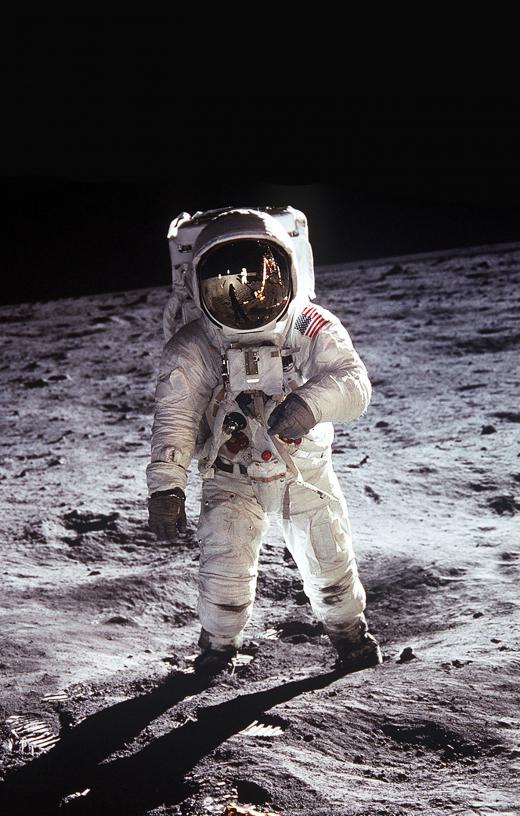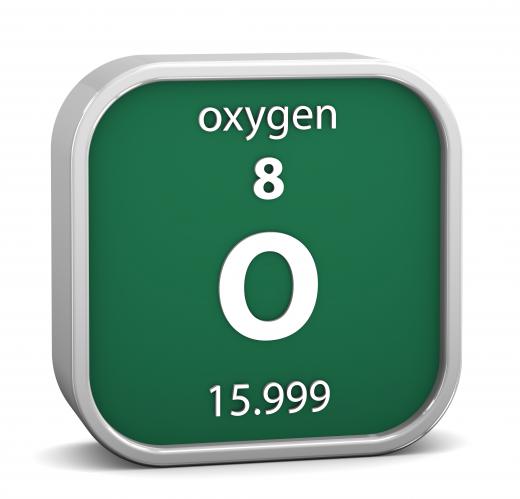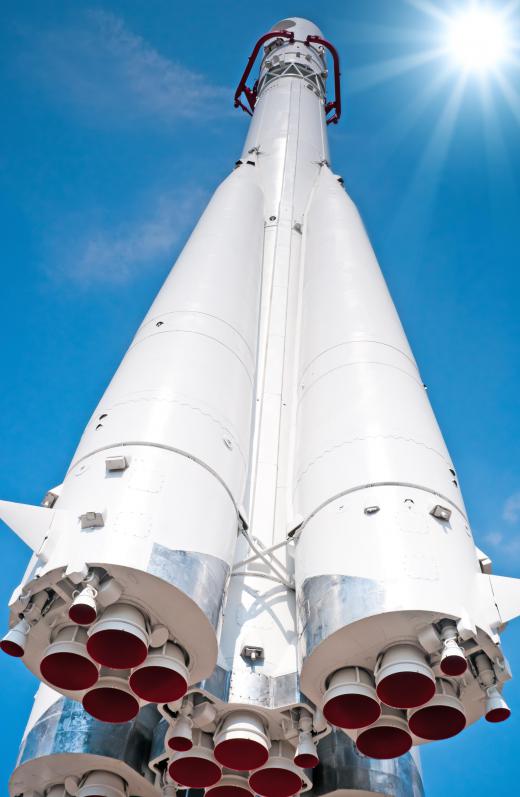What Is a Cryogenic Engine?
A cryogenic engine is typically a rocket engine designed to either escape Earth's gravity to send probes into spaced or to lift satellites into orbit. They use liquid fuels that are cooled to very low temperatures and which would otherwise be in a gaseous state at normal atmospheric pressure and temperature, such as hydrogen and oxygen. These fuels are utilized in one of two main designs to produce propellant force. Either the hydrogen is vaporized as the fuel and ignited by the oxidizer of oxygen to generate standard hot rocket thrust, or they are mixed to create super hot steam that exits the engine nozzle and creates thrust.
Five nations currently possess successfully-tested cryogenic engine propulsion systems as of 2011. These include the United States, Russia, and China, as well as France and Japan. Work at the German Aerospace Center in Lampoldshausen, Germany, is ongoing to develop cryogenic propulsion. India has also field-tested a cryogenic rocket design as recently as 2009, produced at the Indian Space Research Organisation (ISRO), which resulted in catastrophic failure of the test vehicle.

Cryogenic engineering for rocket fuels has been around since at least the 1960s-era design of the Saturn V rocket, used by the United States Apollo Moon missions. The US Space Shuttle's main engines also use cryogenically-stored fuels, as do several early models of intercontinental ballistic missiles (ICBMs) used as nuclear deterrents by Russia and China. Liquid-fueled rockets have greater thrust and, therefore, velocity than their solid-fueled counterparts, but are stored with empty fuel tanks, as the fuels can be difficult to maintain, and deteriorates engine valves and fittings over time. Using cryogenic fuel as a propellant has required storage facilities for the fuel, so that it can be pumped into rocket engine holding tanks when needed. Since the launch time of missiles that are powered by a cryogenic engine can be delayed up to several hours, and the storage of fuel is risky, the US converted to all solid fueled nuclear ICBMs in the 1980s.

Liquid hydrogen and liquid oxygen are stored at levels of -423° Fahrenheit (-253° Celsius) and -297° Fahrenheit (-183° Celsius), respectively. These elements are easily obtained and offer one of the greatest energy conversion rates of liquid fuels for rocket propulsion, so they have become the fuels of choice for every nation working on cryogenic engine designs. They also produce one of the highest known specific impulse rates for chemical rocket propulsion of up to 450 seconds. Specific impulse is a measure of change in momentum per unit of fuel consumed. A rocket generating 440 specific impulse, such as a Space Shuttle cryogenic engine in a vacuum, would achieve a velocity of about 9,900 miles per hour (15,840 kilometers per hour), which is just enough to keep it in a decaying orbit around Earth for an extended period of time.

A new variation on cryogenic engines is the Common Extensible Cryogenic Engine (CECE) being developed by the National Aeronautics and Space Administration (NASA) in the US. It uses typical liquid oxygen and hydrogen fuel, but the entire engine itself is also supercooled. The fuel mixes to create 5,000° Fahrenheit (2,760° Celsius) superheated steam as a form of rocket thrust that can be throttled up and down from slightly over 100% to 10% thrust levels, for maneuvering in landing environments such as on the surface of the moon. The engine has undergone successful testing as late as 2006, and may be used on both future Mars and Moon manned missions.
AS FEATURED ON:
AS FEATURED ON:














Discussion Comments
"India has also field-tested a cryogenic rocket design as recently as 2009..."
Ahem! Ahem! India successfully flew cryogenic engine in January 2014. Maybe the previous failure was not as much of a catastrophic failure as you point out. In fact, that failure you were referring to was due to a German made control bus wiring snapping due to enormous internal vibrations and had nothing to do with cryogenic engine.
India successfully test fired GSLV D5 in January 2014 and it carried a GSAT 14 satellite into the designated geosynchronous orbit.
Post your comments